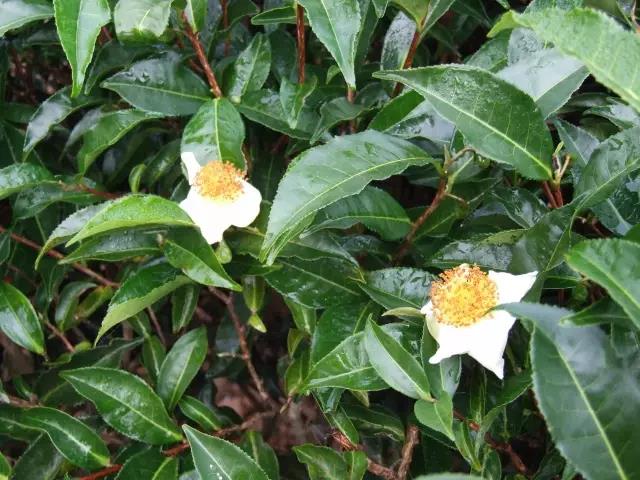A Chinese Academy of Sciences-led team of researchers has sequenced the tea tree genome.
Some 3 billion people worldwide drink tea, and all of the different types of tea are produced from leaves from
"Our lab has successfully sequenced and assembled more than twenty plant genomes," GAO said in a statement. "But this genome, the tea tree genome, was tough."
He and his team sequenced the tea tree cultivar Yunkang 10 from Yunnan Province, China, using the Illumina HiSeq 2000 platform. They used the
To annotate the tea tree genome, the researchers also performed RNA sequencing on various tea tree tissues, including leaves, flowers, seeds, and seedlings. From this, they identified nearly 37,000 protein-coding genes in the tea tree genome.
Some 80 percent of the tea tree genome is composed of repeats, the researchers reported. In particular, long terminal repeats accounted for about two-thirds of the tea tree genome, with most of those belonging to the Ty3/gypsy type of LTR retrotransposons, especially the TL001 family. The researchers suggested that the large tea tree genome size was in part due to the long, slow accumulation of LTR retrotransposon amplifications.
At the same time, GAO and his colleagues reported that the tea tree genome underwent two whole-genome duplication events. One was an ancient event that affected a number of eudicots, but another occurred more recently. The researchers noted that the more recent event appeared to be specific to the common ancestor of
This recent whole-genome duplication event may have enabled the expansion of gene families involved in the synthesis of flavonoids and terpenoids, which likely influenced tea flavor and adaptation of the plant to multiple climates, the researchers noted.
Relatedly, they uncovered lineage-specific genes that likely affect tea quality by influencing the flavonoid, theanine, and caffeine biosynthesis pathways.
For instance, GAO and his colleagues noted that caffeine biosynthesis likely evolved independently in tea trees. In tea, caffeine synthesis is mediated by SAM-dependent N-methyltransferases. They identified 13 such NMT genes in tea, as compared to coffee's 23 and cacao's 21. A phylogenetic analysis of these NMT genes indicated that the
The tea tree genome, the researchers noted, could inform cultivation work. "Together with the construction of genetic maps and new sequencing technologies, we are working on an updated tea tree genome that will investigate some of the flavor," GAO said. "We will look at gene copy number variation to see how they affect tea properties. We want to get a map of different tea tree variation and answer how it was domesticated, cultivated, and dispersed to different continents of the world." (GenomeWeb)

Camellia sinensis (Photo Credit: GAO Li-Zhi)
Contact:
Germplasm Bank of Wild Species
Kunming Institute of Botany, Chinese Academy of Sciences
Prof. GAO Lizhi
Email: lgao@mail.kib.ac.cn
(Editor:YANG Mei)




